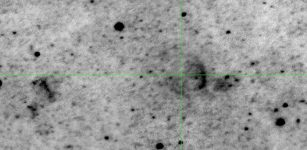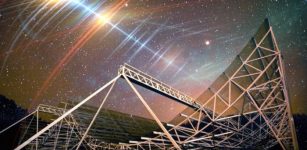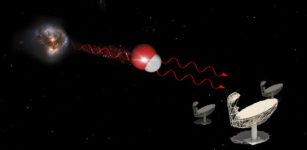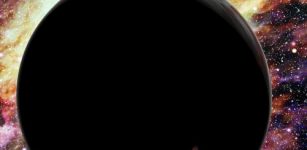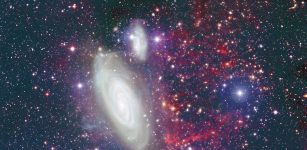NGC 2768: A Luminous Seyfert Galaxy In The Contellation Ursa Major
MessageToEagle.com – NGC 2768 is an elliptical galaxy in the constellation of Ursa Major (The Great Bear). It is a huge bundle of stars, dominated by a bright central region, where a supermassive black hole feasts on a constant stream of gas and dust being fed to it by its galactic host.
Located 88 million light-years, NGC 2768 is not only very distant but it’s also extremely luminous.
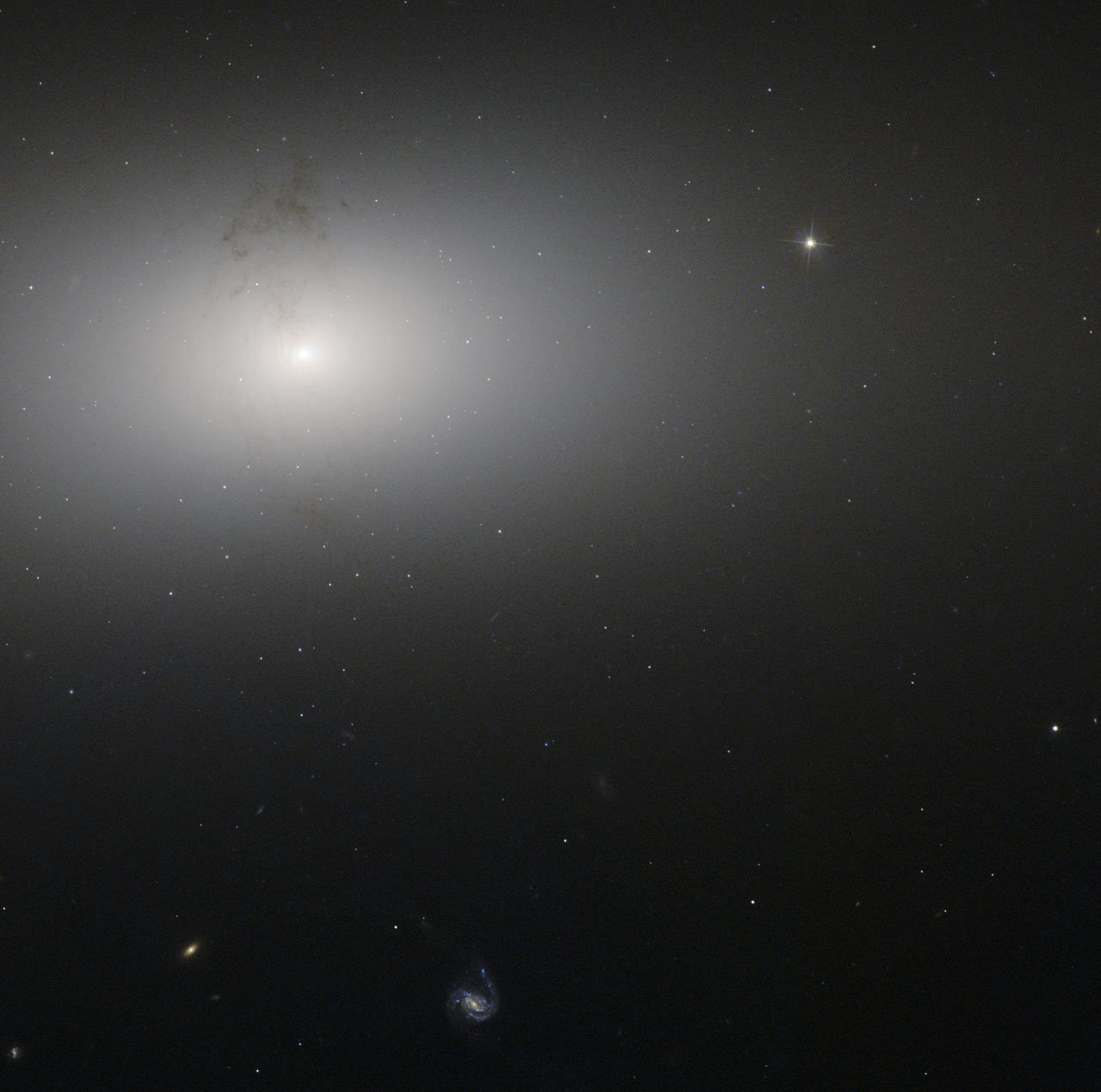
This galaxy is an example of a Seyfert galaxy, an object with a supermassive black hole at its center. This speeds up and sucks in gas from the nearby space, creating a stream of material swirling inwards towards the black hole known as an accretion disk. This disk throws off material in very energetic outbursts, creating structures like the jets seen in the image above.
NOTE: Seyfert galaxy – is a type of galaxy with a brilliant point-like nucleus and one of the most intensely studied objects in astronomy. It was first described by Carl Seyfert in 1943, who studied a series of 12 active spiral galaxies which have barely perceivable arms and exceptionally bright nuclei. His studies revealed that these galaxies consist of small, exceptionally bright nuclei, often bluish in color, and have distinctive spectral lines indicating the emission of radio waves and infra-red energy. Seyfert galaxies also emit quite a large quantity of X-Rays and differ from other active galaxies in that they exhibit substantial amounts of non thermal emission.
The galaxy NGC 2768 is also marked by a prominent plume of dust reaching out from the centre and lying perpendicular to the galaxy’s plane. This dust conceals a symmetrical, s-shaped pair of jets that are being produced by the supermassive black hole as it feeds.
MessageToEagle.com

